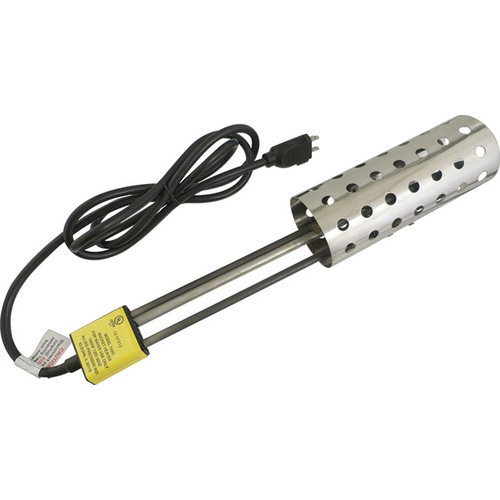I did my first brew in a number of years yesterday and it was a frustrating experience. I use a Blichmann kettle on top of my stove burner, a high-output Bosch stove, but still just a kitchen stove not a commercial type. I'd been doing it that way without much trouble in the past but yesterday it just took forever and the boil was barely happening. I would get a rolling boil with the lid on, but when I'd take it off it would die down, and you don't want the lid on. I don't want a propane outdoor burner because that will keep me outdoors watching it, and that's no fun in the winter.
I see Blichmann has an electric coil that they sell, and controllers, but that gets very expensive very fast. The coil itself seems reasonable. Is that something worth doing? I need some kind of control, so what other less expensive options are there? I just never thought I'd want more than a stovetop setup but I'm at a point where if I'm going to do this I want to make it easier.
In the meantime I have 5 gallons of lager in the fermentation fridge...
I see Blichmann has an electric coil that they sell, and controllers, but that gets very expensive very fast. The coil itself seems reasonable. Is that something worth doing? I need some kind of control, so what other less expensive options are there? I just never thought I'd want more than a stovetop setup but I'm at a point where if I'm going to do this I want to make it easier.
In the meantime I have 5 gallons of lager in the fermentation fridge...



